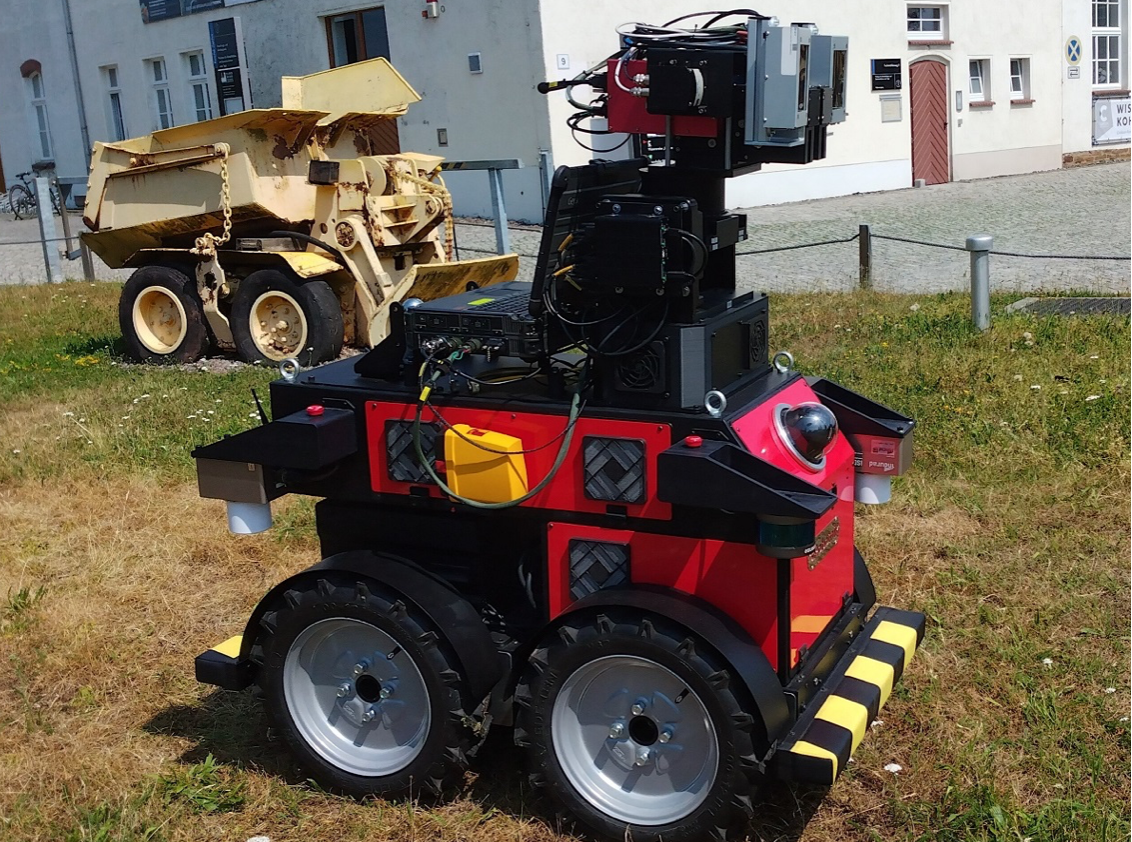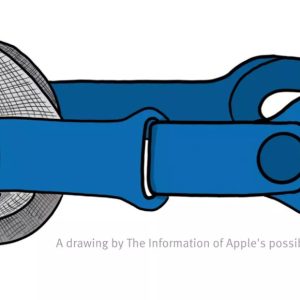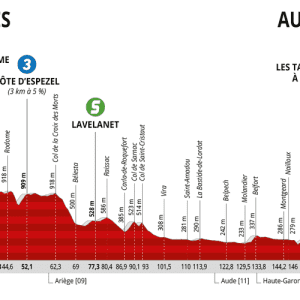world Freiberg Mining Academy and Technical University They developed an autonomous scanning robot. The system must independently record an unknown environment and use the data to create a 3D model of the deposit. From the fall, researchers from TU Bergakademie Freiberg will be testing the robot above and below ground.
In the future, the multi-sensing system could provide the basis for the development of new deposits and safety monitoring in mines. In order to develop the new robot, the Institute of Mines Surveying and Geodesy (workgroup and deposit sensing technology) collaborated with Professors Gerhard Hyde (minerals) and Bernard Jung (virtual reality and robotics).
The system consists of an electric SUV and sensors installed. Some sensors and a stereo camera as well as a laser scanner and a photo surveillance camera are part of the standard equipment of the mobile robot.
“This technology is now complemented by a high-resolution multispectral camera as well as three radar sensors and an inertial measurement unit with which the robot can position itself precisely in the centimeter range. A hyperspectral camera is required for image-based analysis of rocky surfaces,” explains Priv.-Doz. Ralph Donner of the Mine Survey Institute. Data from all sensors is combined into a so-called 3D point cloud, which forms the basis for data evaluation.
Radarinterferometrie
Difficult underground conditions, such as fog and dust, often prevent the only recording of sediment engineering using optical methods such as cameras or laser scanners. A powerful alternative to this are radar sensors, which, due to their longer electromagnetic wavelength, penetrate these obstacles unobstructed. Particularly in monitoring millimeter-range changes, radar interferometry has proven to be a powerful technology in the above-ground, satellite-based as well as stationary region,” said an associate researcher.
The goal of the research team is to transfer high-resolution change detection interferometry technology to the underground non-stationary environment. “The new measurement system is now ready for use and will make the first measurements in the coming months in a round-the-clock test cycle,” says Professor Jörg Benndorf. “Once we have completed work in the mine to research, train and have access to the hole again, we will plan our first underground exploration expedition.”
digital model
Until then, hardware tests and vehicle control automation are the focus of further development. “In the first step, the system has to drive safely and autonomously in a known environment. Later, it should also be possible to independently develop an unfamiliar environment,” says Ralph Donner.
According to the researchers, automation of underground excavation and monitoring processes is essential to a comprehensive numerical model of the sediment. If the optimal numerical model is provided to specialists, they can obtain important information: “Where are the precious metals, how can they be effectively mined and what are the safety-related conditions in the mine?” , says Professor Jörg Benendorf like examples.
The multi-sensing system was funded by the German Research Foundation (DFG) and the Saxon Ministry of Science and the Arts.
Photo: The new multi-sensor system.
Also interesting: Environmentally friendly and efficient mining by X-ray analysis

“Certified gamer. Problem solver. Internet enthusiast. Twitter scholar. Infuriatingly humble alcohol geek. Tv guru.”





